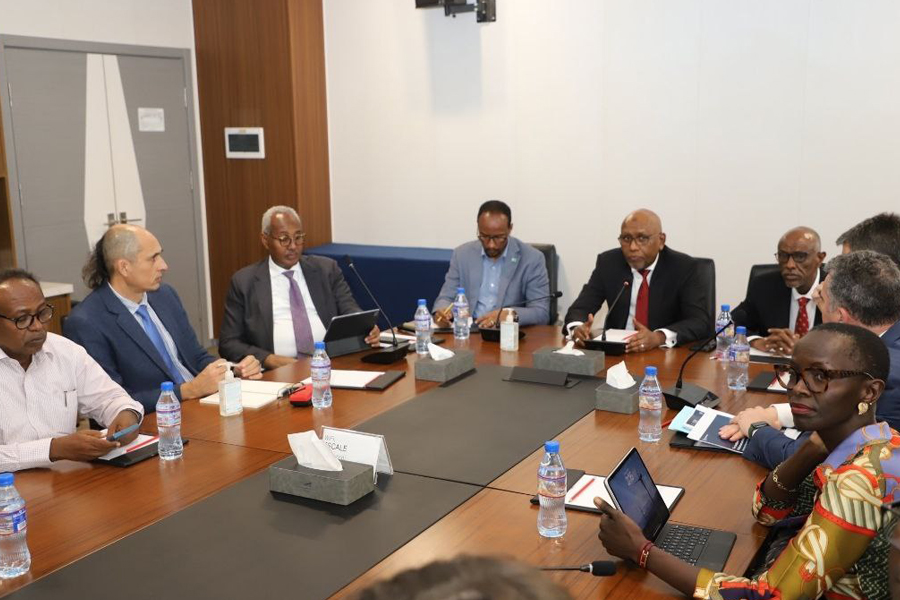
Fortune News | Jun 22,2024
Jul 10 , 2021
By Jeffrey D. Sachs , Juliana Bartels
When G20 finance ministers meet in Venice on July 9 and 10, they should adopt a plan to immunise the world against COVID-19. Every vaccine-producing country will be in the room: the United States, the United Kingdom, the European Union, China, Russia, and India. Together, these countries produce enough doses to complete the immunisation process for the entire globe by early 2022. Yet the world still lacks a plan to get it done.
The existing global effort to bring vaccine coverage to poor countries, known as the COVID-19 Vaccine Global Access (COVAX) facility, has fallen disastrously short of what is needed. Vaccine-producing countries have used their output to vaccinate their own populations – with many millions of doses to spare. And vaccine-producing companies have made secret deals with governments to sell vaccines bilaterally rather than through COVAX at a lower cost.
The world is plagued by the selfishness of the vaccine-producing countries, the greed of the companies, and the collapse of basic cooperative governance between the world’s major regions. We doubt that experts from the US government have ever met (even by Zoom) with their counterparts in China and Russia to plan a global vaccine campaign. The US has been more interested in shipping vaccines to Taiwan, presumably to embarrass China, than to work with China to protect the entire world.
Scientists have been sounding the alarm that delay in global vaccine coverage could prove devastating for the entire world, as new variants arise that evade the existing vaccines. That ominous breakout is already underway. Israeli scientists have reported that the Pfizer-BioNTech vaccine is only 64pc effective against the Delta variant, compared to 95pc effective against the original virus (though four other studies found significantly higher efficacy).
The good news is that comprehensive global vaccine coverage is feasible. Global production levels are now high enough to reach comprehensive coverage for the adult population in every country within a few months. What we need now are plans to share vaccine doses among countries worldwide, rich and poor alike, supported by logistics and financing. None of this is out of reach if the G20’s members finally start planning seriously.
Shockingly, there are no systematic, comprehensive, and up-to-date official figures on expected monthly vaccine production according to producing company and country. We have based our estimates of likely vaccine production in the coming months on the actual doses delivered and each company’s announcements, mainly in statements to investors for press releases. From this projection, we have devised a preliminary timeline to achieve a high level of global vaccine coverage. The failure of COVAX, the World Health Organisation (WHO), the G20, and the vaccine-producing countries to do the same amounts to a dramatic breakdown of global cooperation.
Our estimate is the following. Monthly production by all companies producing COVID-19 vaccines that have received emergency use listing by the WHO and national regulatory authorities, and that are being widely administered between July and December 2021, will average around one billion doses.
The world’s population is 7.8 billion, and 5.8 billion are 15 or older. If we define comprehensive immunisation as 80pc coverage of the adult (15 and older) population in each country, the world should be aiming to immunise 4.6 billion individuals.
As of June 30, about 850 million people have been fully immunised, and about 950 million more have received the first dose of the vaccine. To achieve 80pc adult vaccination coverage globally, around six billion additional doses will be required.
We have made a preliminary spreadsheet model showing that with about one billion vaccine doses delivered each month and approximately six billion doses required, we can achieve comprehensive vaccine coverage in about six months – by early 2022. The precise numbers depend on the specific combination of vaccines. But that will happen only if there is a global plan that includes a timetable to allocate the doses across all countries, a logistical plan to transport the vaccines, an implementation plan within every country, and a financing plan.
The situation is especially urgent in Africa, where only about 16 million people, or just two percent of the adult population, were fully immunised by June 30. This is incredibly low, especially compared with full vaccination rates of 17pc of the worldwide adult population outside of Africa, and far higher rates in the vaccine-producing countries: 57pc of the adult population in the US, 59pc in the UK, 40pc in the EU, 15pc in Russia, and six percent in India as of June 30, and 19pc in China as of June 10.
There are enormous global risks. The Delta variant is now surging through Africa, auguring a monumental catastrophe unless immunisation coverage is dramatically accelerated. The Africa Task Force of the Lancet COVID-19 Commission has issued an urgent appeal for 300 million vaccine doses for Africa.
Moreover, new variants with a greater ability to evade the existing vaccines may soon emerge. And the global anti-vax movement and disinformation campaigns have spurred vaccine hesitancy, which means that even when doses are available, uptake falls well below comprehensive adult coverage.
In short, we are still profoundly unsafe – everywhere. The four million confirmed COVID-19 deaths to date (excess death figures indicate that actual deaths are probably many times higher) are the tragic result of the world’s failure to respond to COVID-19 with clarity, cooperation, and compassion. The G7 pledge last month to donate 870 million doses, enough to immunise around 435 million people fully, remains far short of a global plan.
It is imperative that the G20 come together and act to provide the needed vaccines. The world’s health depends on what happens in Venice this week.
PUBLISHED ON
Jul 10,2021 [ VOL
22 , NO
1106]

Fortune News | Jun 22,2024

My Opinion | Jan 05,2019
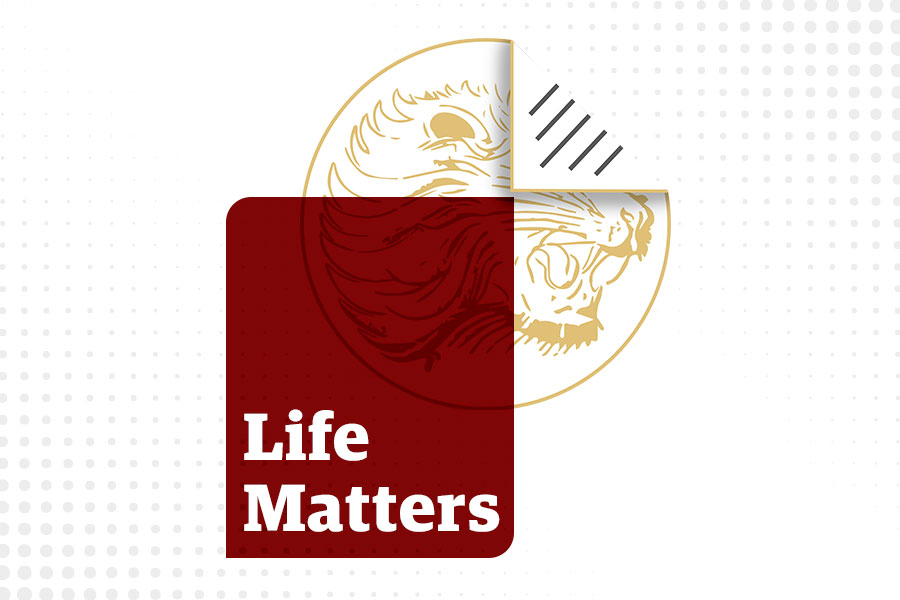
Life Matters | Jun 21,2025
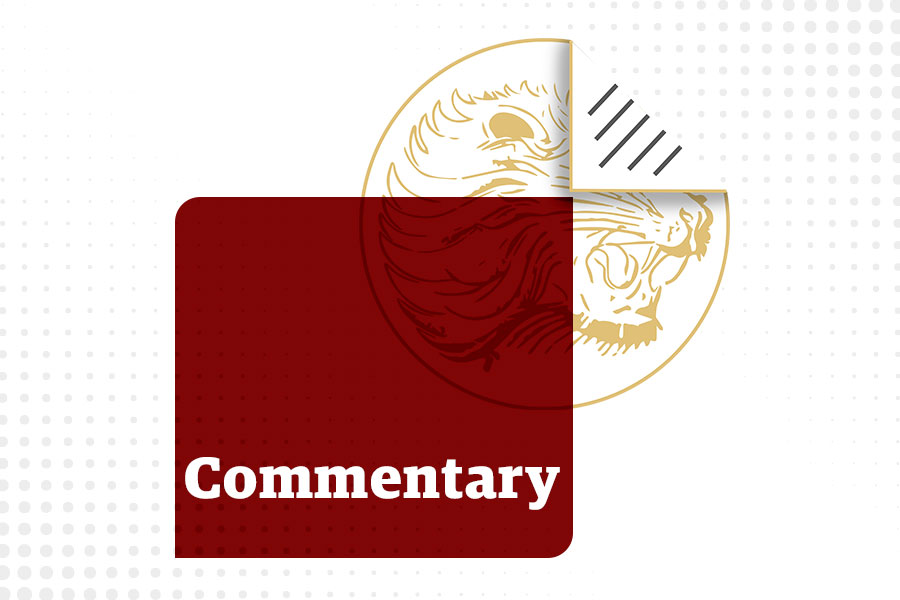
Commentaries | May 06,2023

Covid-19 | Apr 04,2020

Radar | Jun 05,2021

My Opinion | Oct 28,2023
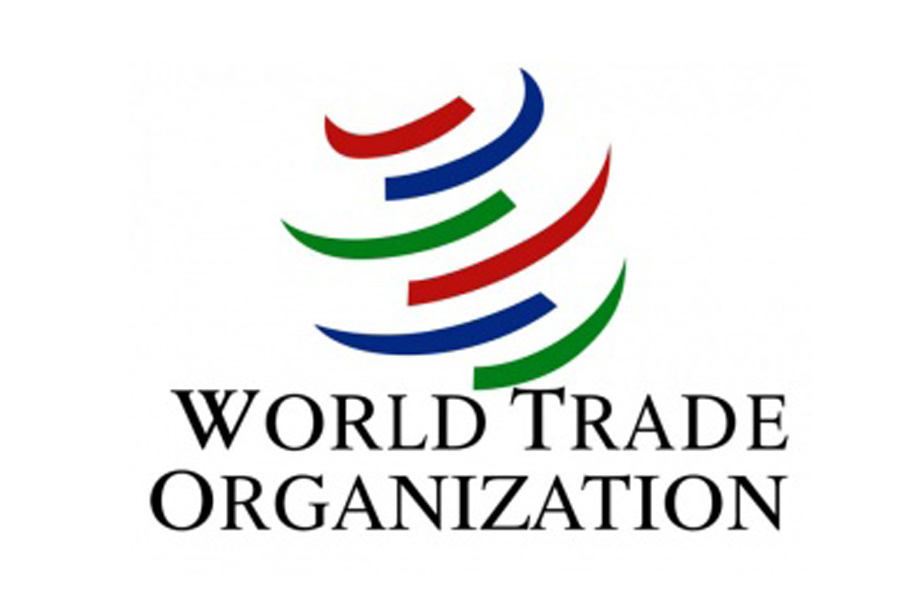
Radar | Feb 11,2023

Radar | Sep 18,2021

Viewpoints | Feb 06,2021

My Opinion | 131819 Views | Aug 14,2021

My Opinion | 128203 Views | Aug 21,2021

My Opinion | 126147 Views | Sep 10,2021

My Opinion | 123767 Views | Aug 07,2021

Dec 22 , 2024 . By TIZITA SHEWAFERAW
Charged with transforming colossal state-owned enterprises into modern and competitiv...

Aug 18 , 2024 . By AKSAH ITALO
Although predictable Yonas Zerihun's job in the ride-hailing service is not immune to...

Jul 28 , 2024 . By TIZITA SHEWAFERAW
Unhabitual, perhaps too many, Samuel Gebreyohannes, 38, used to occasionally enjoy a couple of beers at breakfast. However, he recently swit...

Jul 13 , 2024 . By AKSAH ITALO
Investors who rely on tractors, trucks, and field vehicles for commuting, transporting commodities, and f...

Jul 5 , 2025
Six years ago, Ethiopia was the darling of international liberal commentators. A year...

Jun 28 , 2025
Meseret Damtie, the assertive auditor general, has never been shy about naming names...

Jun 21 , 2025
A well-worn adage says, “Budget is not destiny, but it is direction.” Examining t...
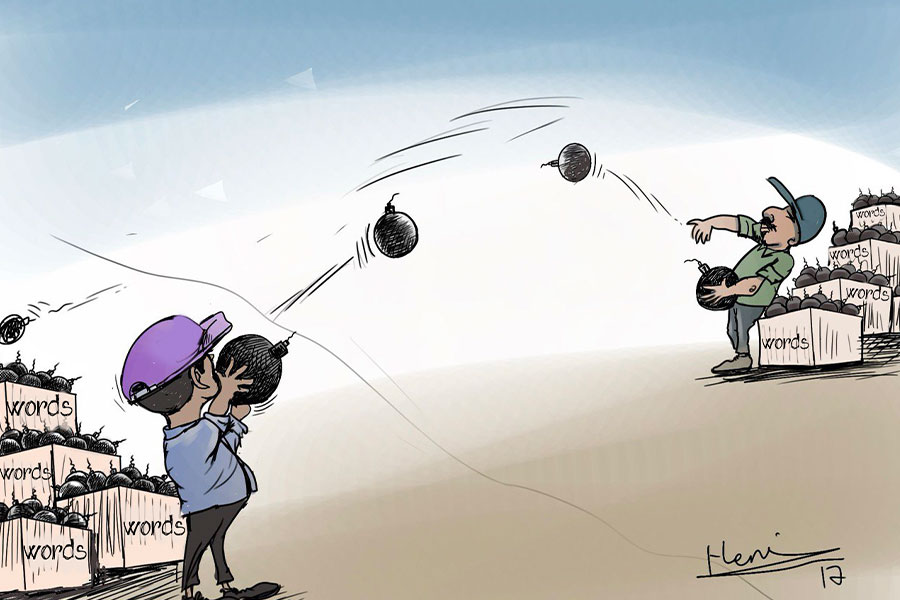
Jun 14 , 2025
Yet again, the Horn of Africa is bracing for trouble. A region already frayed by wars...
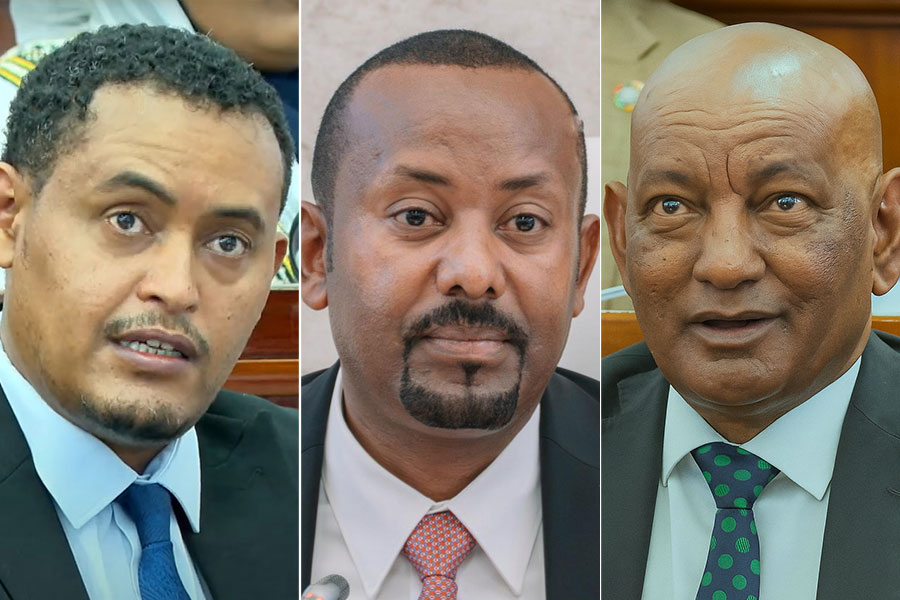
Jul 6 , 2025 . By BEZAWIT HULUAGER
The federal legislature gave Prime Minister Abiy Ahmed (PhD) what he wanted: a 1.9 tr...

Jul 6 , 2025 . By YITBAREK GETACHEW
In a city rising skyward at breakneck speed, a reckoning has arrived. Authorities in...

Jul 6 , 2025 . By NAHOM AYELE
A landmark directive from the Ministry of Finance signals a paradigm shift in the cou...

Jul 6 , 2025 . By NAHOM AYELE
Awash Bank has announced plans to establish a dedicated investment banking subsidiary...